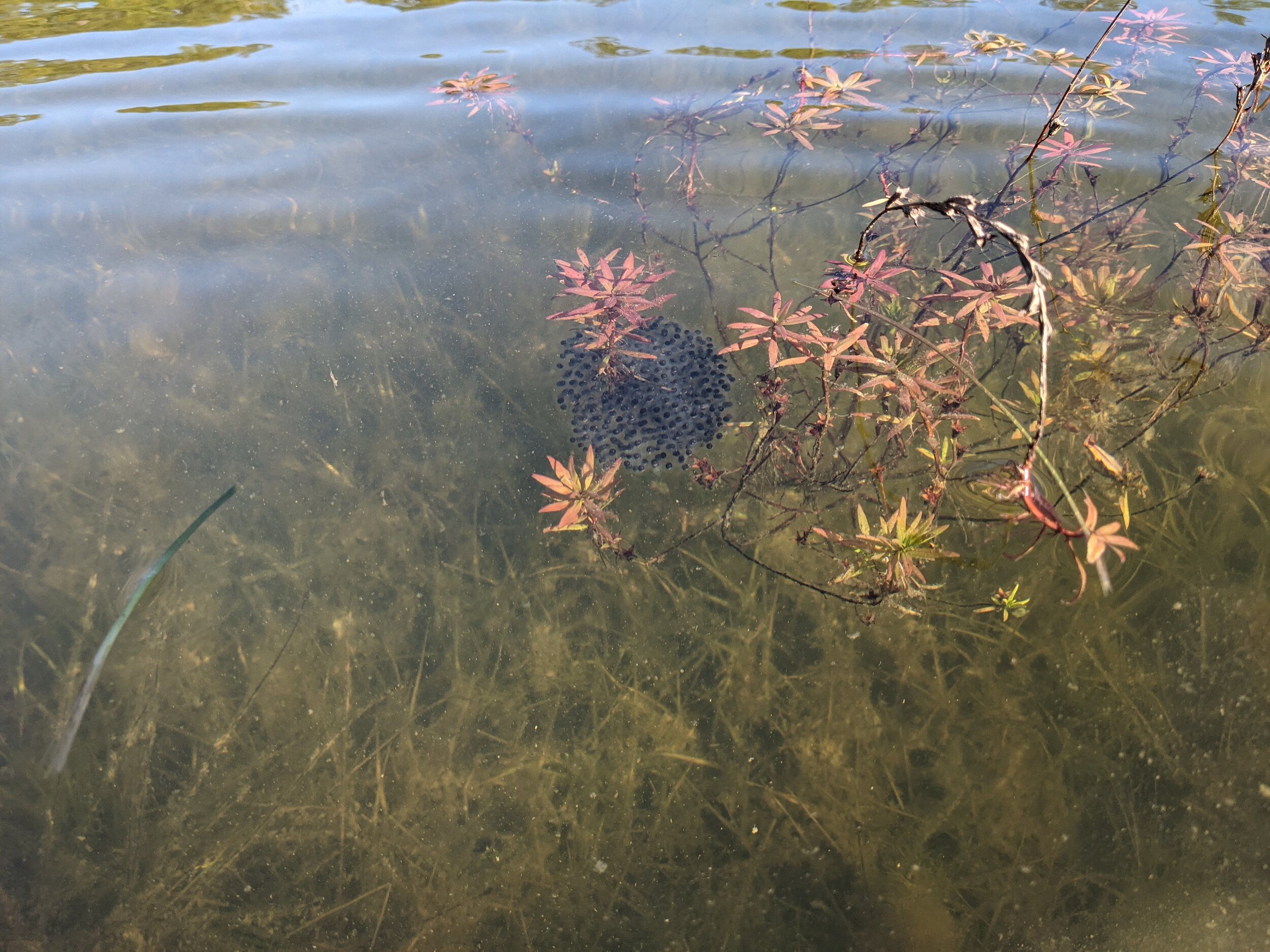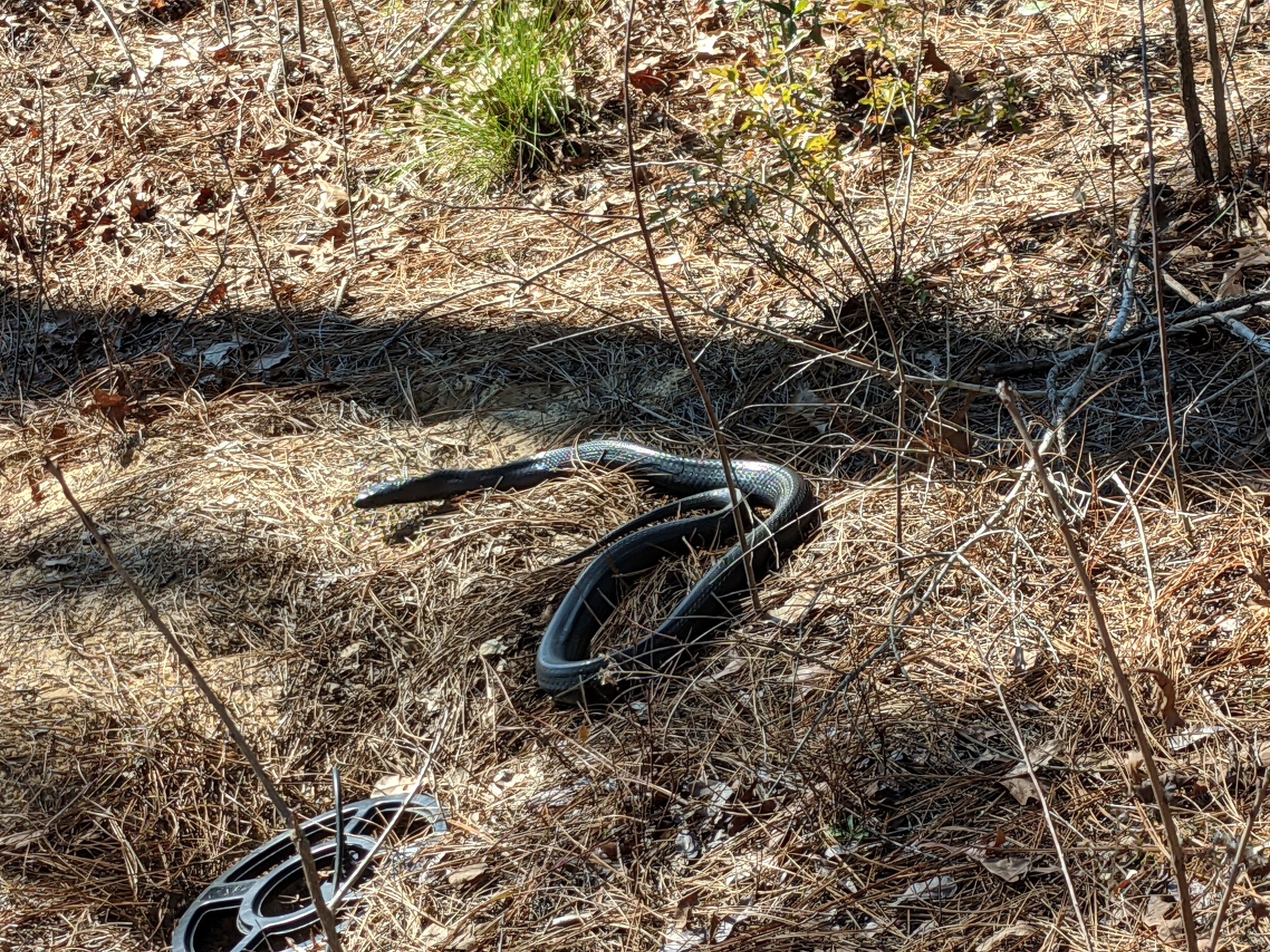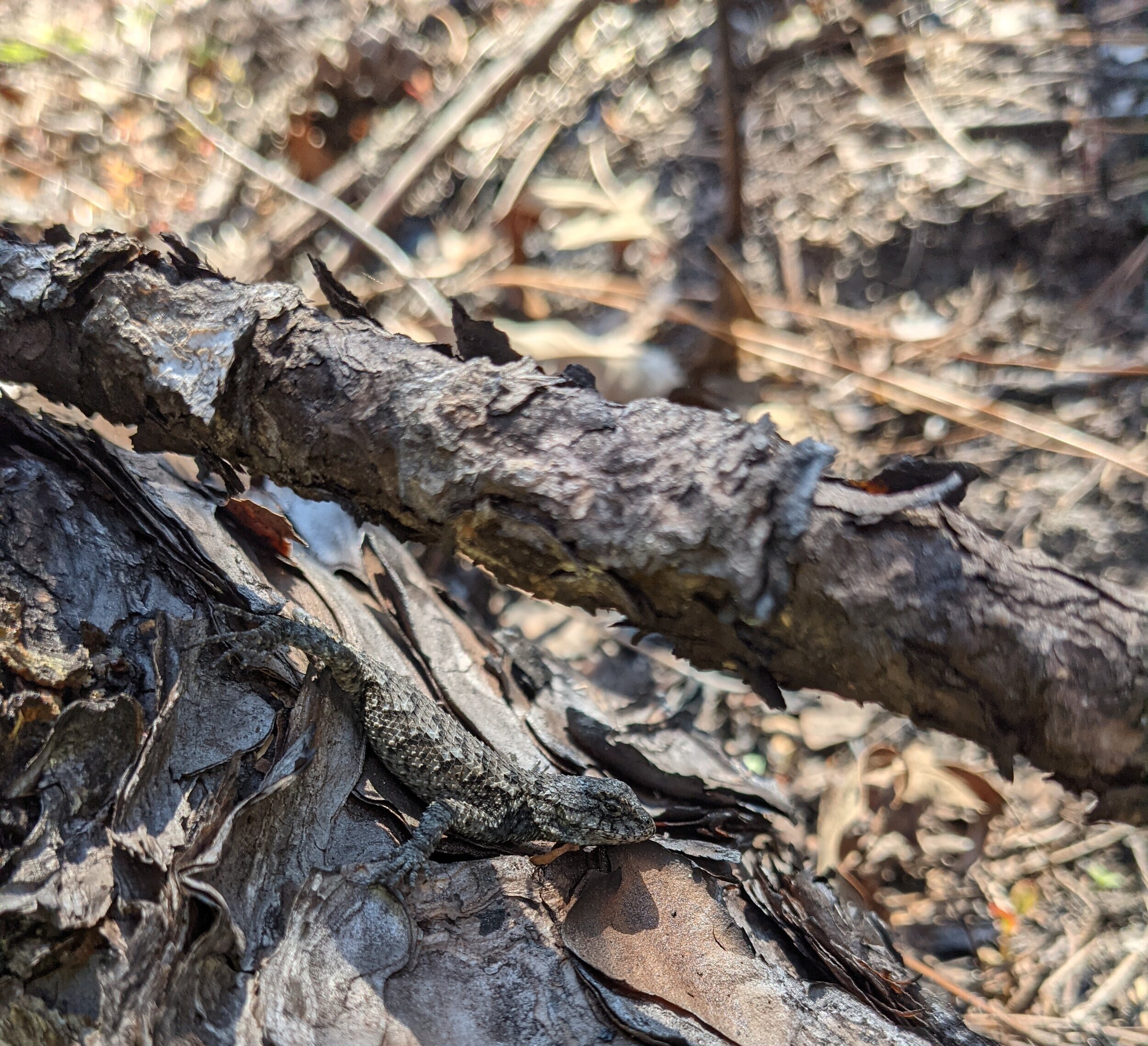






News
I am thrilled to share the link to a New York Times article on environmental DNA that mentions some of our work here with sirens! eDNA is such an incredible tool, and I’m so glad to see it gaining momentum and visibility in popular media. Check out the info on Rio Grande sirens in the “Genetic Sleuthing” section!
I’m super excited to share the link to an article on Rio Grande sirens and our research on them published in the Washington Post Magazine! It was super fun to take the wonderful folks who wrote and photographed this article into the field and show them what we do. It’s great to be able to bring attention to these amazing salamanders! Click the image below to read on!
I am very excited to announce that I passed my thesis proposal defense! Now it is on to the fun stuff: continuing field and lab work, and following through on the analyses I have proposed. It is definitely exciting to have a plan set in stone and to have met with my full committee on our publishing goals for the project.
While we were in the Houston area for TCTWS last month, we decided to take some time to try to catch some sirens! We trapped for about a week and caught… four. Two in dip nets, and two in traps. Either way, that’s four more sirens than we had, and I know I had a great time getting out in the field. And we wound up catching plenty of other cool herps!
I was happy to be able to give a presentation at TCTWS this year in Montgomery over some of my ongoing research on siren eDNA. It’s always good to get out there, talk about things, and get feedback!

Environmental DNA (eDNA) metabarcoding is a novel method of assessing biodiversity wherein samples are taken from the environment via water, sediment or air from which DNA is extracted, and then amplified using general or universal primers in polymerase chain reaction and sequenced using next-generation sequencing to generate thousands to millions of reads. From this data, species presence can be determined, and overall biodiversity assessed. It is an interdisciplinary method that brings together traditional field-based ecology with in-depth molecular methods and advanced computational tools. As an emerging monitoring method, there are many pitfalls and roadblocks to be considered and avoided, but the method may still have the ability to revolutionize modern biodiversity surveys for the molecular era. In this paper, we review the basic methodology, benefits, and concerns of eDNA metabarcoding, and systematically cover the applications of the method in global ecology thus far, including biodiversity monitoring across all habitats and taxonomic groups, ancient ecosystem reconstruction, plant-pollinator interactions, diet analysis, invasive species detection, pollution responses, and air quality monitoring. We also discuss the future applications of the method as well as expected technological advances and how they may impact the way that eDNA metabarcoding may used in the future. eDNA metabarcoding is a unique method still in development and will likely remain in flux for some time as technology advances and procedures become standardized. However, as metabarcoding is optimized and its use becomes more widespread, it is likely to become an essential tool for ecological monitoring and global conservation study.
Ruppert, K. M., R. J. Kline, and Md. S. Rahman. 2019. Past, present, and future perspectives of environmental DNA (eDNA) metabarcoding: A systematic review in methods, monitoring, and applications of global eDNA. Global Ecology and Conservation 17:e00547.

